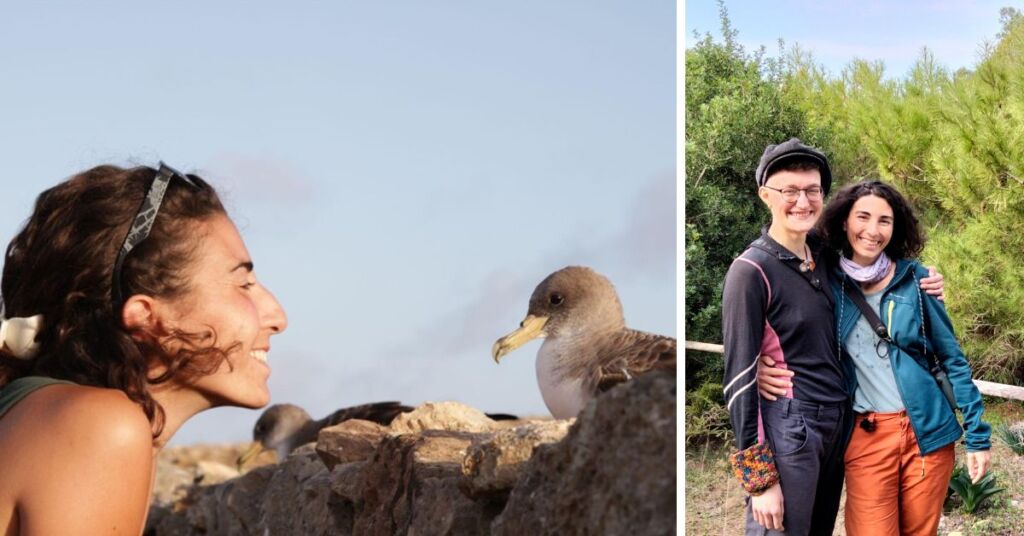Making History: First-Ever Maltese Woman Licensed Under Local Scientific Bird-Ringing Scheme

Marie Claire Gatt has become the first Maltese woman to hold a bird-ringing licence issued by the Maltese Bird Ringing Scheme in its 47-year history.
Scientific bird ringing is a research method in ornithology whereby wild birds are temporarily caught to be fitted with a uniquely numbered, lightweight, metal ring on their leg.
Gatt started training towards a bird-ringing licence back in 2012 while carrying out her dissertation on bird migration at the University of Malta, using ringing data collected at BirdLife Malta’s Comino Bird Observatory.
She eventually left Malta to further her studies abroad and obtained a bird-ringing licence in Portugal. Back in 2012, she was one of three women forming part of the Maltese ringing scheme. Since then, a growing number of Maltese and foreign women have trained and ringed under the local scheme in Malta.
This gender imbalance is not unusual across Europe; while female students dominate lecture halls in courses on environmental sciences, women are still grossly under-represented in bird ringing.
“I hope that my presence in research locally can help inspire girls and women to follow careers in natural sciences and in the protection of our environment,” Gatt expressed.
Today, Gatt continues to contribute to Malta’s ornithological research. Together with her colleagues, she is using bird ringing to study the local population of the Blue Rock-thrush, known as Merill in Maltese.
Skilled bird ringers are not only able to determine the species of bird they are dealing with, but also accurately measure the birds, as well as establish age and sex from the plumage of the bird in species where this is possible, all in a couple of minutes and without causing the bird any harm.
All this information is linked to the ring number of the individual bird and subsequent captures of the same individual are recorded to create its history.
Scientific bird ringing has been carried out throughout Europe for over a hundred years. The practice has allowed researchers to acquire information on bird movements across habitats, countries, and continents over the annual cycle.
Bird ringing also provides information on the lifespan of birds and their population sizes, a critical tool for bird monitoring in a changing world.
Bird ringing in Malta is run by BirdLife Malta and licensed by the Wild Birds Regulation Unit (WBRU). Locally, ringing has exposed the incredible longevity of our seabirds, with the sparrow-sized Mediterranean Storm-petrel, known as Kanġu ta’ Filfla in Maltese, living for over 30 years.
Through systematic bird ringing and recaptures, we know that around 11,000 pairs of Storm-petrels breed on the islet of Filfla, and that the population has been doing well.
Similarly, recapture data has exposed how Robins, known as Pitirross in Maltese, which breed across the European continent can visit the same wintering territories in the Maltese Islands throughout most of their life, and that other small songbirds migrating between Europe and Africa use Mediterranean islands such as Comino to refuel before continuing their sea and desert crossings.
EURING, the coordinator of scientific bird ringing across Europe under which the Maltese scheme operates, is currently carrying out a survey among Europe’s ringing schemes to identify potential barriers for women to enter bird ringing and propose effective solutions.
Underrepresentation of women in prominent positions, for instance, creates a lack of relatable role models which could attract and retain others. Recognising this is an important step in bringing about change.
Well done Marie Claire!
